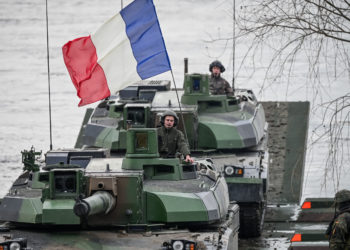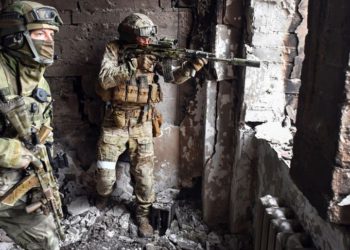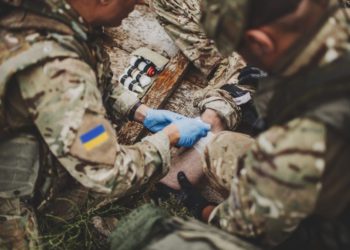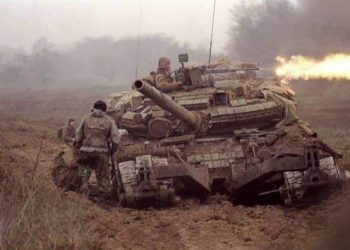Ukraine: Expertise for Chinese money. Ukraine has always been a cash trapped country. There were high hopes when Ukraine gained its independence in 1991: One of the poorest ex-Soviet Republic, Ukraine was however the largest European country by size and the fifth largest european country by population. Therefore, it was thought that the country had the potential to become an economic powerhouse. The Ukrainian political establishment, though, was too busy manoeuvering for power to have time to build the foundations of a prosperous nation. Meanwhile, Ukrainian oligarchs also jockeyed for power, pillaging the remnants of the once state-owned production tool. As such, Kiev experienced 7 consecutive years of recession between 1991 and 1997! Its GDP was $77.4 billion in 1991 and reached a low of $31.2 billion in 2000! And this was despite receiving much of its oil from Russia at a huge discount!
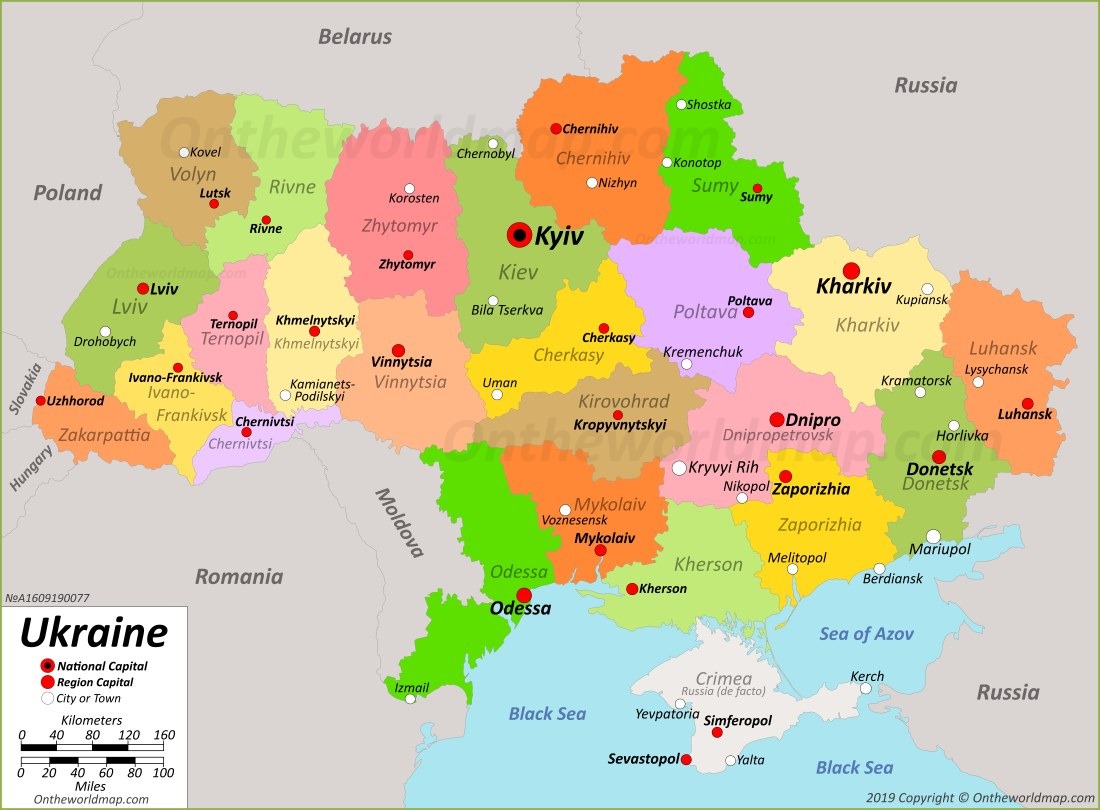
It is no surprise, then, that Kiev found itself on the lookout for easy money. Unfortunately, this made the country vulnerable to outside influence. Ukraine inherited 19 Tu-160s after the fall of the Soviet Union. It had no use for those and no funds to maintain and operate them anyway. The story is well known, 8 of them were handed over to Russia in 1999 to pay a gas debt. The other 11 units were destroyed under the Nunn–Lugar Cooperative Threat Reduction program. Under the NLCTR, the US provided expertise and funding to ex-Soviet states (including Russia) to destroy NBC weapons present in those states. The program included means of delivery for those weapons. As such, the Ukrainian Tu-160, a strategic long range bomber, were included in the deal. However, there is a twist in the story: China tried to buy those Tu-160 from Ukraine in the 1990s ! China lacked long range strategic bombers and the Tu-160 would have fit the bill perfectly. It seems that both the US and Russia somehow intervened to stop the negotiation going any further.
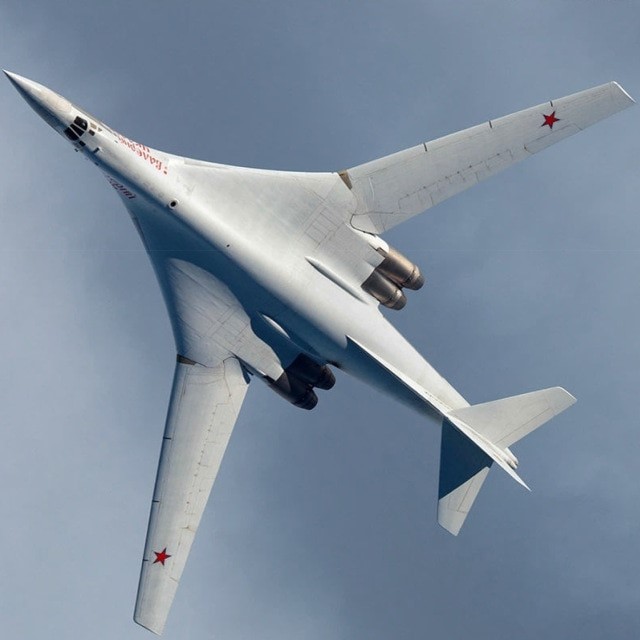
But would Ukraine have sold those nuclear capable bombers to China ? The answer is most certainly yes! Since its independence in 1991, cash strapped Ukraine has repeatedly demonstrated its willingness to sell ex-Soviet weapons systems, as well as its own, to the highest bidder. The sales of weapon systems have been both a financial and diplomatic tool for Kiev: It has enabled the country to gain an income stream as well as signal its willingness to cooperate with the West.
In 1998, Ukraine sold the Varyag to China alongside tons of blueprints to enable the Chinese to finish building the Kuznetsov class aircraft carrier themselves. This warship was commissioned into the PLAN as the Liaoning in 2012.
In 2001. Ukraine sold one T-10K to Beijing. The T-10K is basically a Su-33 prototype. This enabled the Chinese to retro-engineer it and start producing the Shenyang J-15 from 2013 onward.
In 2003, Ukraine transferred four T-80UD MBTs to the US. In 2009, it sold two Su-27 to Washington. The same year, it sold 4 Zubr-class landing craft to Beijing.
In 2018, Kiev sold one T-84 Oplot to the US, but the same year, it was accused by the Washington Post of betraying the US by selling jet engines to China. Those 20 jets engines were for Jl-10 trainers, a platform used by navy pilots for carrier landing training. The engines are produced by the Ukrainian company Motor Sich.
A Chinese company called Beijing Skyrizon Aviation has been negotiating a controlling stakes in Motor Sich for quite a while, but the bid is for the moment blocked. Motor Sich’s engines include models used on the Antonov An-124 and An-225 cargo planes. In 2016 Ukraine was China’s second-largest supplier of weapons after Russia, reaching a total of US$90m. The bulk of the purchases cover turbofan engines for aircraft (including unlicensed Ukrainian copies of the Russian AL31F), diesel engines for tanks, gas turbines for destroyers, and air-to-air missiles for the J-11 fighter jet.

Kiev and Beijing have increased cooperation across the board, with the Chinese investing in Kiev’s metro system, modernising Ukrainian ports, working on the country’s infrastructure, such as roads and bridges and also investing in the country’s agriculture.This is a match made in heaven for both parties: Kiev obtains loans, capital and a stream of income from China without being required to undergo any political and economic reforms (The EU, for example, is very demanding in that regards). At the same time, Beijing acquires some hardware at low price and blueprints, know-how and patents through company acquisitions. But most importantly, China slowly gains a growing influence/leverage and controlling stakes within Ukraine which occupies a strategic position at the doors of Europe. So much so that the Kiev-Beijing relationship has been discussed several times within both the EU and NATO.





